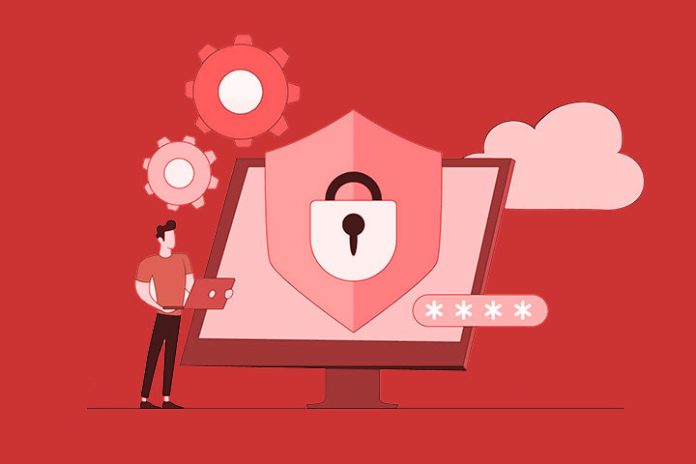In view of increasingly distributed infrastructures and increasingly sophisticated attack methods, there cannot be 100% protection against cyberattacks. As part of a holistic security strategy, companies must, therefore, not only concentrate on averting threats but must also prepare for emergencies in order to minimize the impact of successful attacks and be able to resume business operations as quickly as possible. But how can such cyber resilience be achieved?
Remote work and cloud services have significantly increased the attack surface of companies – they can no longer hide users, data, and systems behind classic perimeter security. This increases the risk of successful attacks, especially since cybercriminals specifically target distributed infrastructures and use extremely complex attack methods.
Dell Technologies explains which tools, measures, and strategies strengthen cyber resilience:
Zero Trust minimizes risks: Zero Trust is a security concept that relies on the verification of all access according to the principle “Trust is good, control is better.” Instead of trusting a user just because they have already authenticated themselves to a system, all access requests are consistently checked. This makes it possible to decide individually whether access by the respective user to the desired system should be granted or rejected at the current time. In combination with a more restrictive allocation of rights, this massively limits the scope of action of cyber criminals. Even if they manage to take over user accounts or infiltrate systems, they cannot spread further within the infrastructure due to a lack of rights.
Smart tools enable real-time reactions: Modern security tools offer multi-layered protection because they combine different detection mechanisms. For example, they perform automatic integrity checks to detect data manipulation and use artificial intelligence to detect unusual user behavior that deviates from historical access patterns. In such cases, they can automatically initiate countermeasures and thereby prevent greater damage. Possible real-time responses include stopping the offending activities and isolating the affected systems. Data backups and replications can also be paused to prevent manipulated or infected files from ending up in a backup or on other systems.
Standards and APIs prevent lock-in: Companies are usually well prepared for the failure of a single system, but they also need strategies to protect themselves against cyberattacks that affect multiple systems or an entire data center. After all, ransomware usually doesn’t stop at a server but rather tries to encrypt as much data as possible. Modern solutions for data protection that reliably back up data and replicate it to other locations or the cloud, for example, help to continue business operations in an emergency without major interruptions. However, this can only be achieved with platforms and applications that allow smooth migration of workloads by supporting open standards and interfaces. Otherwise, there is a risk of unpleasant surprises,
Isolated data vaults protect the most valuable data: Since cybercriminals are now deliberately making data backups unusable, companies need a secure storage location for business-critical data, such as research results or construction drawings. In a cyber recovery vault, separated from the rest of the infrastructure by an operational air gap and only accessible with special credentials and multi-factor authentication, the data treasures are protected from unauthorized access. If the original data is compromised or encrypted by an attack, it can be quickly and reliably restored from the vault.
Consolidation improves data protection: Companies have often purchased special data protection solutions from different providers for certain systems and applications. This has created a complex network of tools that creates a lot of work for IT teams and is prone to errors. In the event of an emergency, it delays or prevents recovery, increasing downtime and costs. According to Dell Technologies’ GDPI, companies that rely on solutions from multiple vendors are more likely to experience data loss, downtime, or data unavailability than companies that rely on just one vendor. Consolidating the tools used for data protection is, therefore an important step towards a higher level of protection and greater cyber resilience.
Also Read: What Is Needed To Work In Cybersecurity? Tips And More


